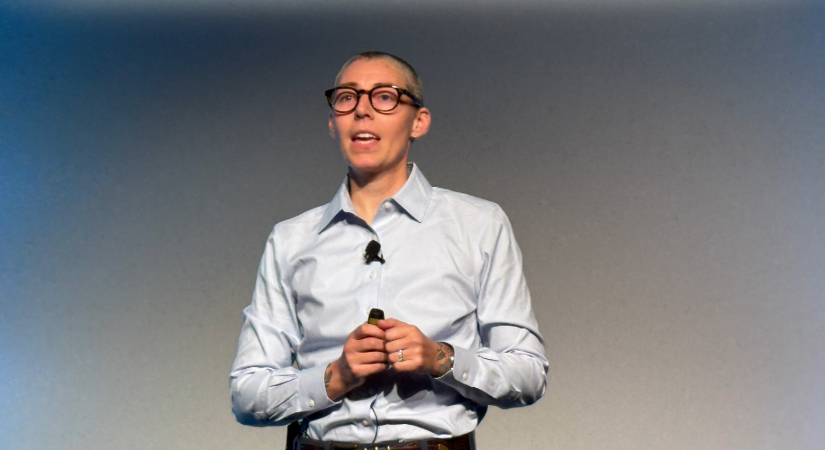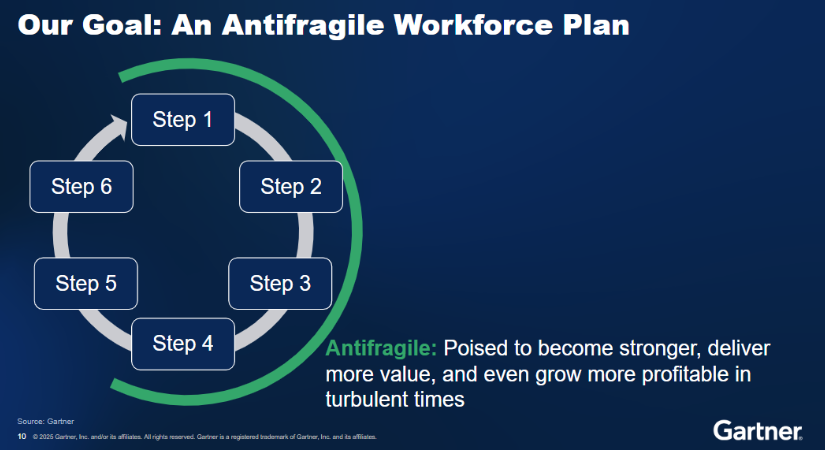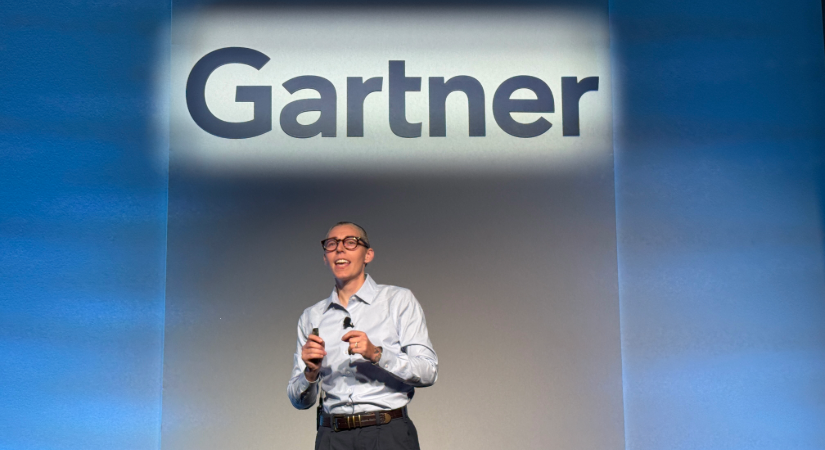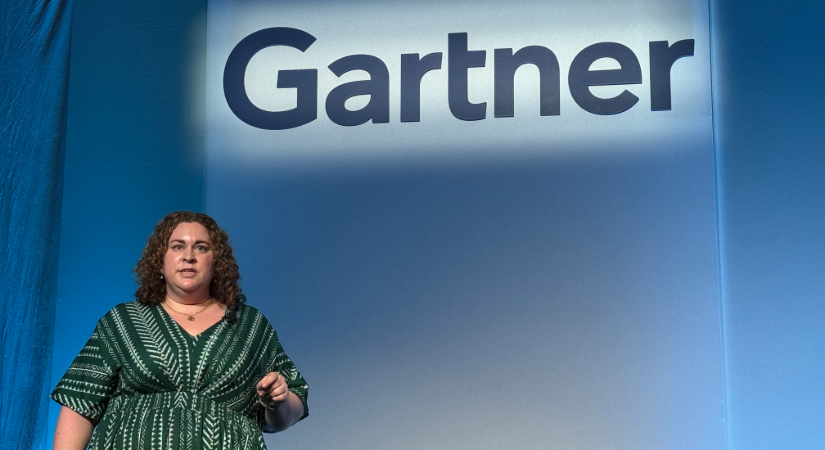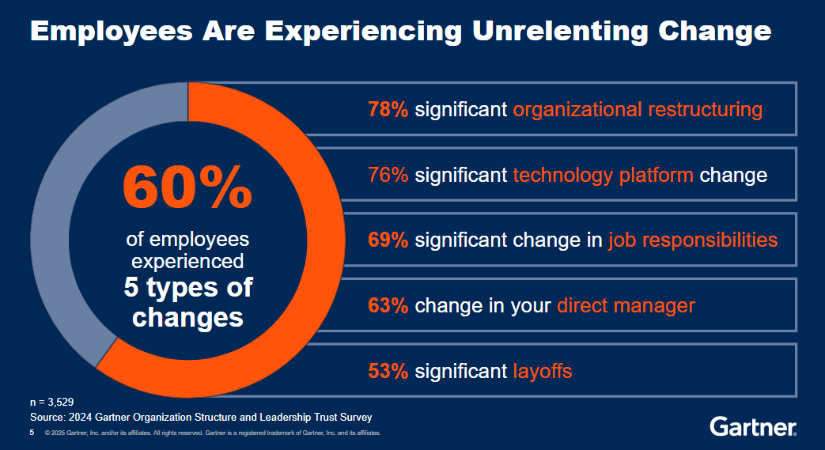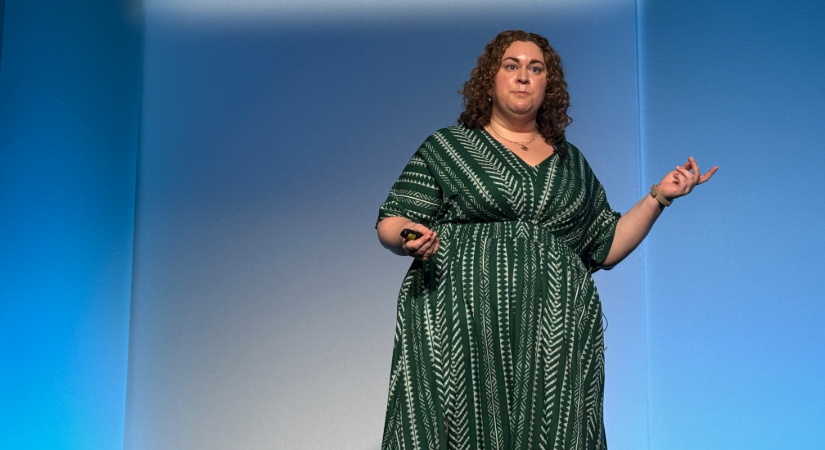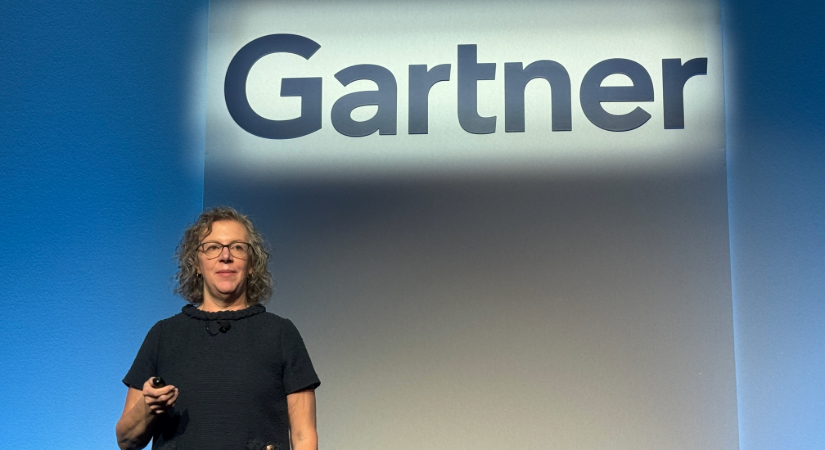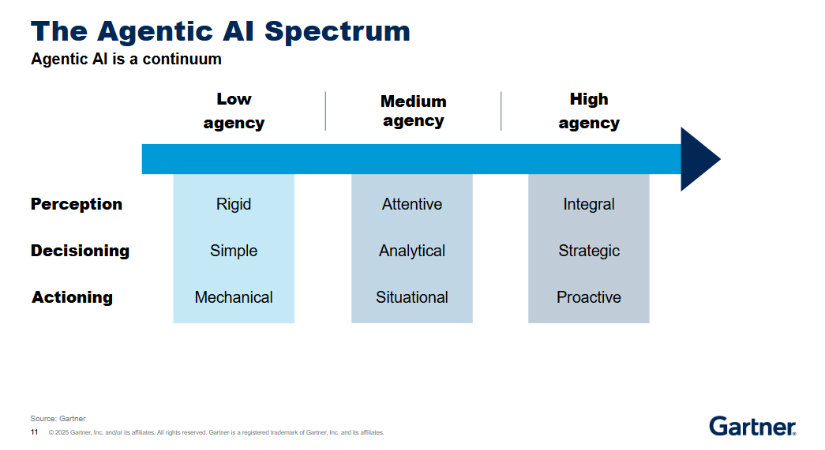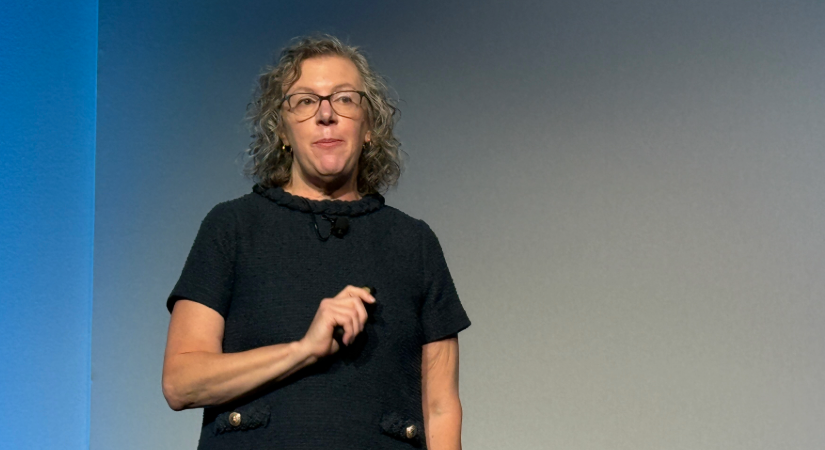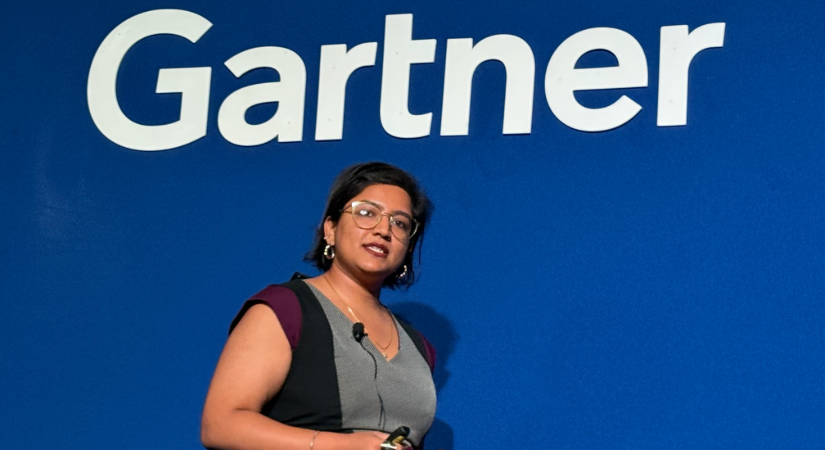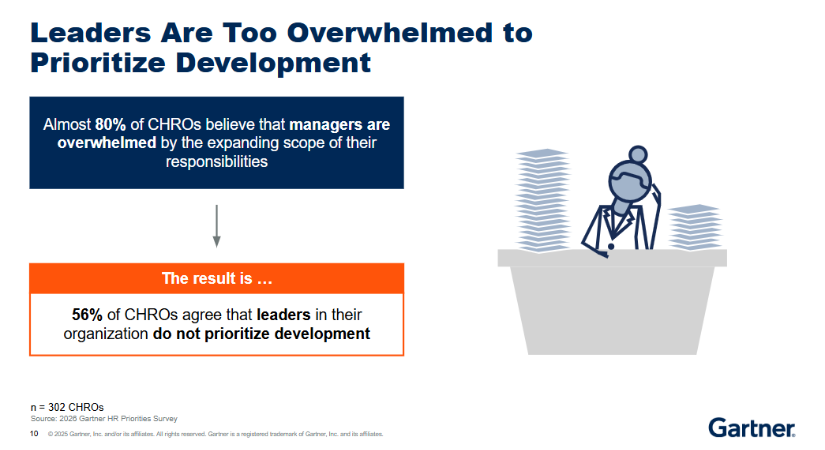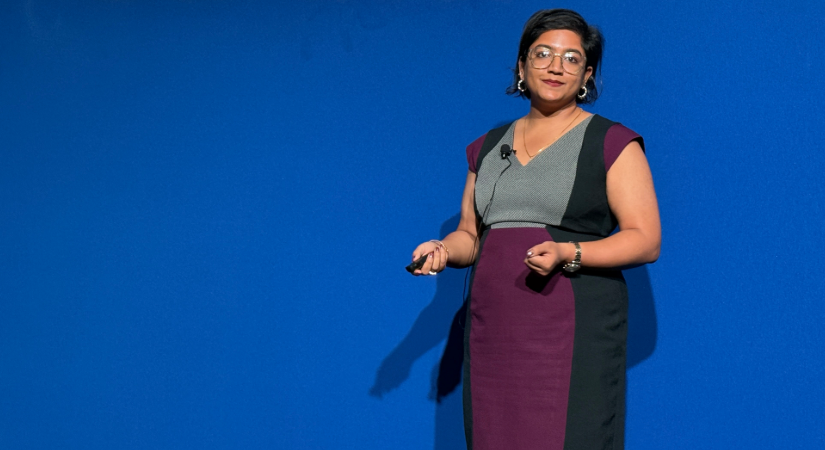Orlando, Fla., October 29, 2025
- Gartner client? Log in for personalized search results.
Gartner HR Symposium/Xpo, North America: Day 3 Highlights
Overview
We are bringing you news and highlights from the Gartner HR Symposium/Xpo concluding today in Orlando, FL. Below is a collection of the key announcements and insights coming out of the conference.
On Day 3 from the conference, we are highlighting talent strategy in an era of external disruption, AI agents in HR, mitigating organizational change risk and leadership development.
Be sure to check this page throughout the day for updates.
Key Announcements
Hold Your Plans Lightly: Talent Strategy in an Era of External Disruption
Presented by LJ Justice, Director, Research, Gartner
Geopolitical flashpoints, extreme weather events and tighter border restrictions are wreaking havoc on the free flow of skilled talent, and CHROs’ ability to maintain a thriving global workforce. In this session, LJ Justice, Director, Research at Gartner, explored how CHROs and their teams must quickly reassess their workforce needs and develop more flexible and resilient talent strategies in the face of constant global disruption.
Key Takeaways
- “To build an antifragile workforce, organizations need to invite disruption, stress-testing plans and running ‘what if’ scenarios to uncover hidden fragility and new opportunities.”
- “Resilient workforce plans: Able to survive some disruptions for a certain time, to a certain degree. Antifragile workforce plans: Poised to become stronger, deliver more value, and even grow more profitable in turbulent times.”
- “There are six key steps to achieving antifragility:
- Step 1: Define Focal Talent Issue. Zero in on the issue that matters most.
- Step 2: Identify the Disruptive Forces that Shape the Issue. Identify the forces that push or pull on the issue of focus.
- Step 3: Craft Scenarios Around the Focal Issue. Explore how the highly uncertain forces might play out in different ways and resulting plausible scenarios.
- Step 4: Explore Workforce Implications and Identify Signals. Delve into the workforce implications of the scenarios and identify the signals that indicate which future might be coming true.
- Step 5: Assess Scenarios to Action Workforce Plans. Separate actions into the steady bets that strengthen any workforce plan, no matter which future actually comes true, and those that will be used only if a particular scenario begins to emerge.
- Step 6: Increase Frequency of Reviews. Increase the frequency of workforce plan reviews based on emerging signals and stakeholder feedback.”
Journalists can receive additional information and/or request an interview with the Gartner expert by contacting Gerri Weinberger at gerri.weinberger@gartner.com.
Mitigate the Post-Change Risk to Employee Engagement
Presented by Ashley Steele, Vice President, Team Manager, Gartner
The average employee faces 13 enterprise-wide changes each year, which can significantly reduce employee engagement and workforce performance while increasing attrition. In this session, Ashley Steele, Vice President, Team Manager at Gartner, provided actionable guidance for HR leaders to avoid and/or alleviate repercussions from organization changes.
Key Takeaways
- “Employees experience big, disruptive changes multiple times in one year – 60% of employees reported experiencing five types of changes.”
- “Unrelenting change is disruptive to employees, negatively affecting their work outlook:
- 66% say they are expected to be much more productive at work
- 54% say they are expected to do a lot more work with fewer resources
- 50% are experiencing higher levels of stress and burnout”
- “A high-change environment nearly cuts in half the likelihood that an employee will be highly engaged."
- “To mitigate negative workforce impacts from change, Gartner recommends CHROs take three actions:
- ”Empower leaders with data to guide change volume, scope and timing. Limit employees to four change types per year to reduce talent risk.
- Make engagement and productivity core goals of employee engagement initiatives. High engagement and productivity boost an organization’s likelihood of increased revenue by three times.
- Flag at-risk talent early and co-create pre-change action plans. Identify short-term and long-term solutions for up to three target initiative areas.”
Journalists can receive additional information and/or request an interview with the Gartner expert by contacting Gerri Weinberger at gerri.weinberger@gartner.com.
Beyond Chatbots: Exploring AI Agents to Unlock HR Transformation
Presented by Stephanie Clement, Senior Director Analyst, Gartner
AI agents are rapidly emerging and present significant opportunities to boost productivity, enhance the employee experience and transform decision-making. In this session, Stephanie Clement, Senior Director Analyst at Gartner, shared how CHROs can recognize the unique capabilities of AI agents, cut through vendor hype, and strategically harness value.
Key Takeaways
- “By 2030, 60% of HR work tasks will be completed through an intelligent agent interface.”
- “AI agents are autonomous or semiautonomous software entities that use AI techniques to perceive, make decisions, take actions and achieve goals in their digital or physical environments.”
- “The amount of control or independence these tools have varies widely and ranges from low agency tools that are rigid, reactive and static, to high agency tools that are proactive, independent and evolve with experience..”
- “AI agents will transform how CHROs get things done in HR but currently, only 13% of HR functions are in the process of redesigning their HR operating model.”
- “CHROs can follow a simple 3 step roadmap to effectively harness the value of AI agents:
- Identify AI agent use cases available within your HR tech stack.
- Get started where there is high value, feasibility and acceptable risk.
- Develop your long-term strategy with your future HR operating model in mind.”
Journalists can receive additional information and/or request an interview with the Gartner expert by contacting Gerri Weinberger at gerri.weinberger@gartner.com.
How To Design Leadership Development That Delivers
Presented by Sampurna Maitra, Senior Principal, Advisory, Gartner
Despite leadership development being the top priority for CHROs for the last three years, most believe their organizations are ineffective at developing leaders. In this session, Sampurna Maitra, Senior Principal, Advisory at Gartner, shared four data-backed actions CHROs and Heads of Talent can take to redesign their leadership development approach to deliver on improved leader skills and behaviors.
Key Takeaways
- “Nearly 70% of CHROs agree that their organization doesn’t effectively develop senior or mid-level leaders. Only 23% of HR leaders agree that it’s easy for leaders to apply what they learn in leadership development to their work.”
- “The two main pitfalls in getting leaders to apply learning to their work are:
- Relevance: Leaders don’t feel like the teachings are relevant to them – 56% of CHROs agree that leaders in their organization do not prioritize development.
- Incentives: Only 13% of HR leaders agree that leaders in their organization are incentivized to change their behaviors.”
- “The ways that HR can support leaders in the moments that matter include:
- Aligning learning to high-stakes moments
- Providing leaders with formal credit for applying what they learn”
- “The best way to get people to change their behavior is through hard accountability. Examples include:
- Adding time spent on development as a performance goal
- Evaluating leader skills and behaviors in performance reviews
- KPI-linked bonuses for achieving development goals"
Journalists can receive additional information and/or request an interview with the Gartner expert by contacting Gerri Weinberger at gerri.weinberger@gartner.com.
Follow along for more updates from the conference.
Media contact
Mary Baker
Gartner
mary.baker@gartner.com
Gerri Weinberger
Gartner
gerri.weinberger@gartner.com
Latest releases
About Gartner
Gartner (NYSE: IT) delivers actionable, objective business and technology insights that drive smarter decisions and stronger performance on an organization’s mission-critical priorities. To learn more, visit gartner.com.
